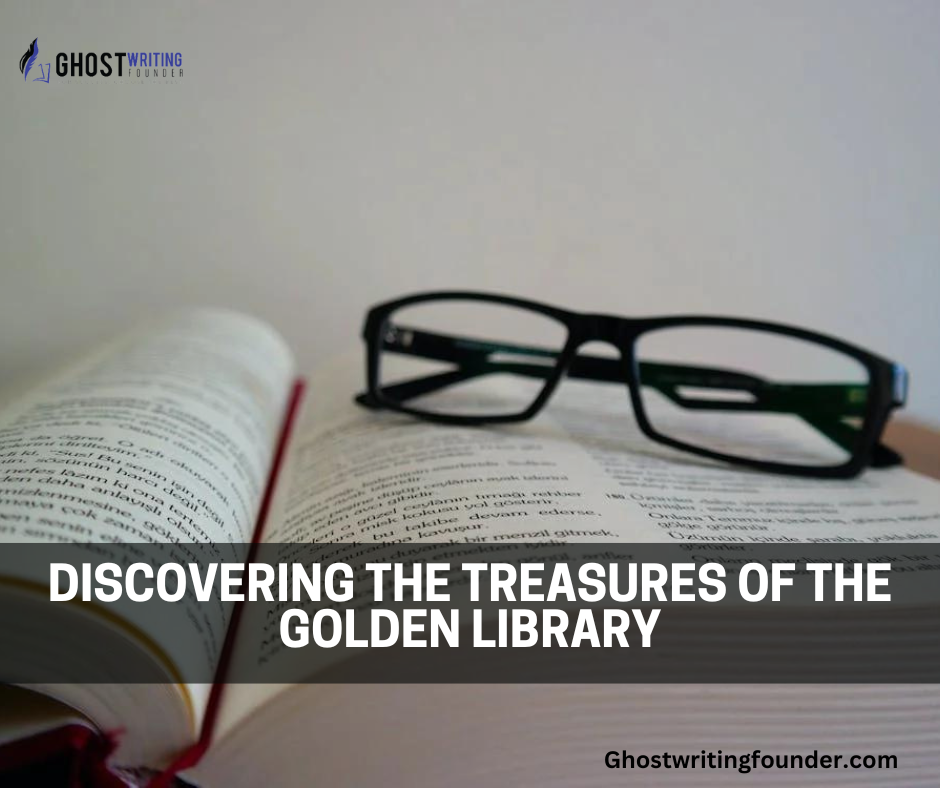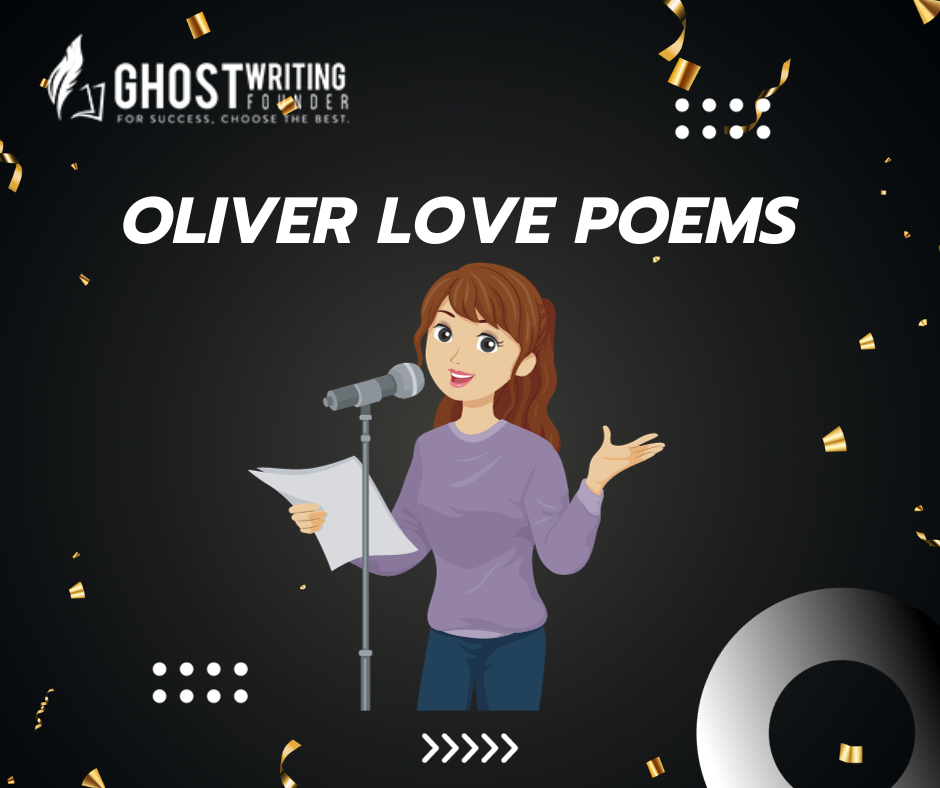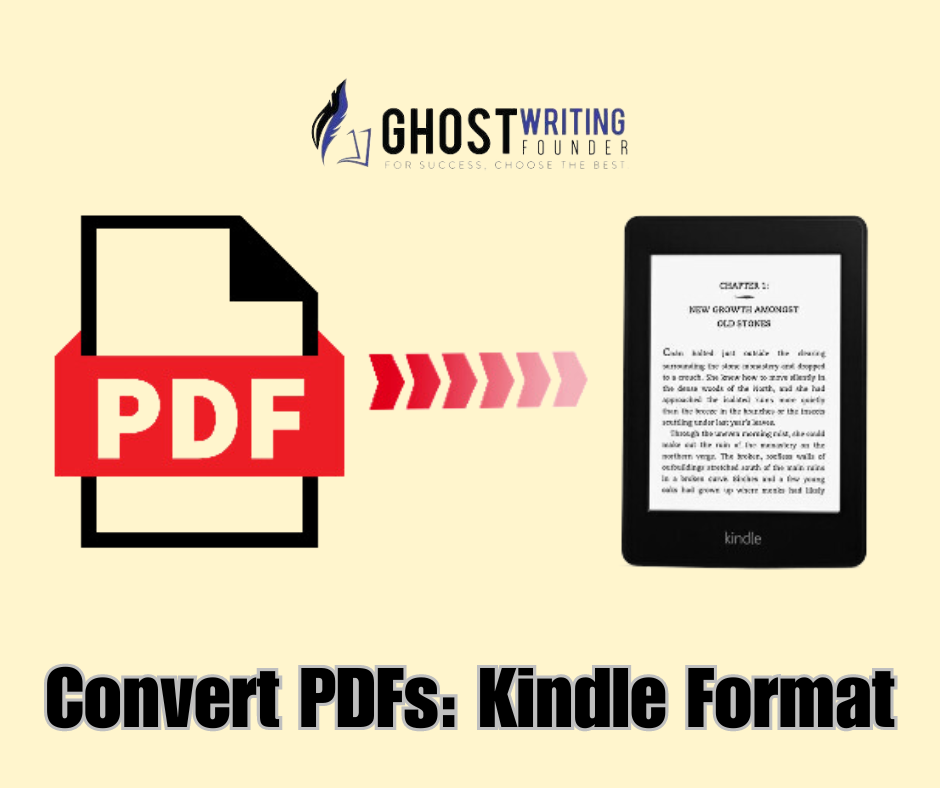
Book Writing
The Golden Library is one of the world’s most famous libraries in a city that dates back to ancient times. This Library has a vast collection of books and manuscripts, some dating back thousands of years. Discovering the Treasures of the Golden Library: A Journey through Time is an experience. It is a journey that takes you through history, religion, and culture. Also, it provides a glimpse into the past and the knowledge it holds. It symbolizes knowledge and education, attracting millions of visitors annually. The Library’s vast collection of rare and ancient manuscripts has always fascinated scholars, historians, and curious visitors. This piece takes you on a journey through time, uncovering the Golden Library treasures and their secrets.
The magnificent structures of the Golden Library
The magnificent structures of the Golden Library and the Golden Dome were designed and built by architect Frank Lloyd Wright in 1956. The Library has designed a spiral staircase that climbs to a minaret-like reading room. Also, it has an “open portal to heaven.” The dome is covered with gold leaf, with small windows that cast sunlight onto the books below.
The Library was created when Wright was at the peak of his career. He had already designed dozens of striking buildings across the country and was known for his unique aesthetic style.
The History of the Golden Library
The Golden Library is a product of a long and rich history that dates back to ancient times. It was established during the reign of the Abbasid Caliphate in the 8th century. The Library’s initial collection has composed of books and manuscripts from around the world. The Library has been named “The House of Wisdom,”. It quickly became the center of knowledge and learning in the Islamic world.
The Golden Library expanded during the 9th and 10th centuries. Also, it has continued to grow in size and importance throughout the Middle Ages. Many famous scholars, philosophers, and writers visited the Library to study, research, and learn. Some of the most notable visitors to the Library include Al-Farabi, Ibn Rushd (Averroes), and Ibn Sina (Avicenna).
The purpose of the libraries
The Library’s purpose is to preserve, protect and make accessible the intellectual and cultural heritage. The Golden Library is no exception. The Golden Library’s mission is to provide its users with access points to the world’s knowledge in all formats, from books and journals to electronic resources. The main goal of the Golden Library is to enhance teaching and research by providing a wide variety of materials and services.
Discovering the Treasures of the Golden Library
As you walk through the halls of the Golden Library, you will feel as though you are stepping back in time. The Library’s vast collection of books and manuscripts is awe-inspiring, and it is easy to get lost in the wonder of it all. Here are some of the treasures you can discover in the Library:
The Quran
The Golden Library is home to one of the world’s oldest copies of the Quran, which dates back to the 9th century. This copy of the Quran is written in Kufic script, a style of Arabic calligraphy commonly used during the early Islamic period.
The Alchemy Collection
The Golden Library has an extensive collection of alchemical texts used to study and research the transmutation of base metals into gold. These texts date back to the Middle Ages and provide insight into the world of alchemy and its importance in medieval society.
The Philosophy Collection
The Golden Library is home to a vast collection of philosophical texts, including works by Plato, Aristotle, and other famous philosophers. These texts provide insight into the development of Western philosophy and the ideas that shaped the world.
The Medicine Collection
The Golden Library is home to a sizable collection of medical books used to learn about and investigate the workings of the human body. These texts date back to the Middle Ages and provide insight into the development of modern medicine and the medical practices of the past. Medical writers can grab ideas for self publishing from this section.
The Astronomy Collection
It has a vast collection of astronomical texts used to study and research the stars, planets, and other celestial bodies. These texts date back to ancient times and provide insight into astronomy’s development and our understanding of the universe.
The Gutenberg Bible
The Gutenberg Bible is one of the most well-known books in the world, and the Golden Library is lucky enough to have a copy. Published in the 15th century by Johannes Gutenberg, it is the first book ever printed with moveable type.
The Voynich Manuscript
The Voynich Manuscript is one of the most mysterious books in the world. Written in an unknown language and filled with strange illustrations, it has puzzled scholars for centuries. The Library is one of the few places where you can see the manuscript in person.
Leonardo da Vinci’s Notebooks
Leonardo da Vinci was a true Renaissance man, and his notebooks are filled with sketches, drawings, and ideas that continue to inspire people to this day. The Library has a collection of his notebooks, and they are a must-see for anyone interested in art or science.
The Codex Gigas
The Codex Gigas is one of the largest books in the world, weighing in at over 165 pounds. It was written in the 13th century and contains a variety of texts, including the Bible, medical texts, and even a recipe for making gunpowder.
Golden River
The Library’s history can be seen as a golden river in many ways. It flows through time, carrying the treasures of wisdom and knowledge. The river is ever-changing, reflecting the times in which it was created.
The earliest records of the library date back to the early days of Chinese civilization. These documents are written on bamboo slips. They have been stored in boxes in one of the Library’s most ancient rooms. The room has been sealed for centuries and only opened once every 60 years by a select few monks whose duty is to safeguard its contents. If you want to write your book similar to Golden River’s style, you may hire Ghostwriting Founder for their services.
A Fountain of Language
The Library’s collection includes many documents from different periods of Chinese history. This makes it an invaluable resource for scholars looking for information about their field or period of study. For instance, one can discover volumes concerning the Tang Dynasty (618–907) in any part of the Library, even though most of them were burned to the ground. But if you want to learn about how people talked during this period, then all you need do is go to Section A5 and choose from one of its many books on language (including dictionaries).
Visiting the Golden Library
If you’re interested in visiting the Golden Library, you should know a few things. First of all, it’s not open to the public. Further, Only scholars and researchers have been allowed to access the collection. However, there are some exceptions. The Library occasionally holds exhibitions, and these are open to the public.
If you’re lucky enough to visit the Golden Library, be prepared to be amazed. The collection is vast, and there is something for everyone, especially for book editor. Whether you’re interested in history, art, or science, you will find something fascinating.
Main Attributes and Elaborate Information
| Feature | Description | Significance |
|---|---|---|
| Architectural Design | The Library features a spiral staircase and a gold-leaf-covered dome, designed by Frank Lloyd Wright. | Symbolizes the blend of modern architecture with historical significance, enhancing the aesthetic and cultural value. |
| Historical Roots | Originated in the Abbasid era, known as the “House of Wisdom.” | Highlights the Library’s role in the evolution of knowledge and culture throughout centuries. |
| Collections of Antiquity | Houses ancient texts including a 9th-century Quran, alchemical and philosophical manuscripts. | Showcases the depth and diversity of human knowledge spanning various disciplines. |
| Medical and Astronomical Insights | Contains medieval medical books and astronomical texts. | Reflects the historical development of science and medicine, offering insights into past practices and beliefs. |
| Rare and Unique Texts | Features the Gutenberg Bible, Voynich Manuscript, and Leonardo da Vinci’s notebooks. | Represents milestones in printing, mystery, and Renaissance thought, attracting scholars and enthusiasts. |
| Cultural and Linguistic Wealth | Includes documents from Chinese civilization and a comprehensive collection of language resources. | Demonstrates the Library’s role in preserving linguistic diversity and cultural history. |
| Access and Experience | Restricted access, but offers public exhibitions and is a hub for scholars and researchers. | Emphasizes the Library’s exclusivity and its role as a center for academic study and public education. |
Conclusion
The Golden Library is a treasure trove of books and manuscripts passed down through the centuries. Its vast collection contains some of the world’s most important books and manuscripts. Visiting the Library is a once-in-a-lifetime experience, and it’s something that every book lover should do at least once.









Leave a Reply